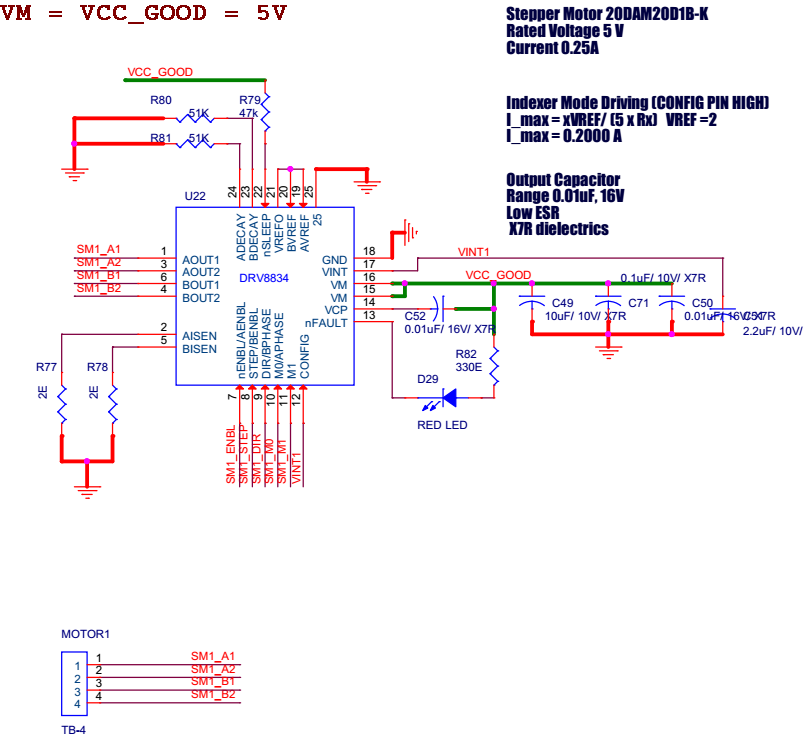Hi Team,
The customer is using DRV8834 at full step mode and their motor will move 1mm per full step. This is working perfectly fine.
However,they need to achieve 0.5mm motor movement per step. So they are trying to use half step mode, making M1 as 0 and M0 as 1. When they are


